FREE Shipping on Orders over $89 with Account – Create One Today!
- (844)-859-9400
- Get Help
Showing 1–16 of 304 results
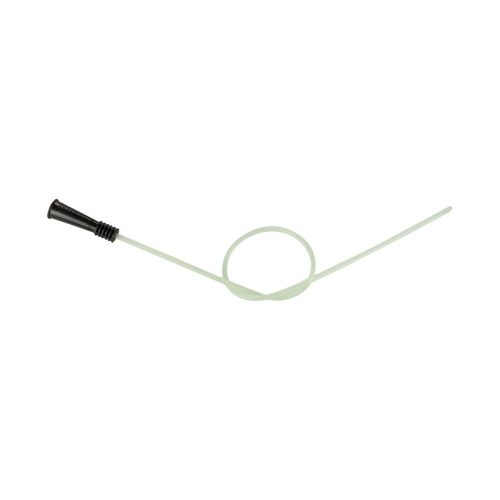
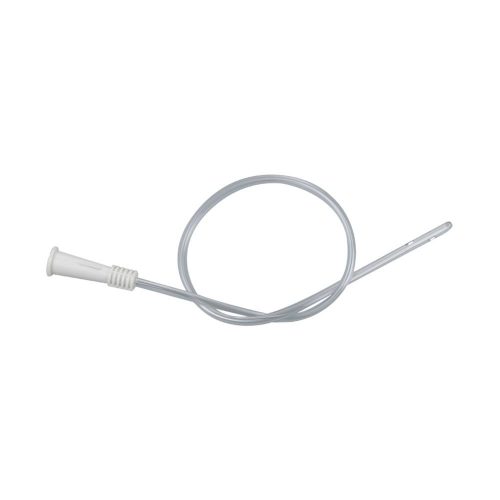
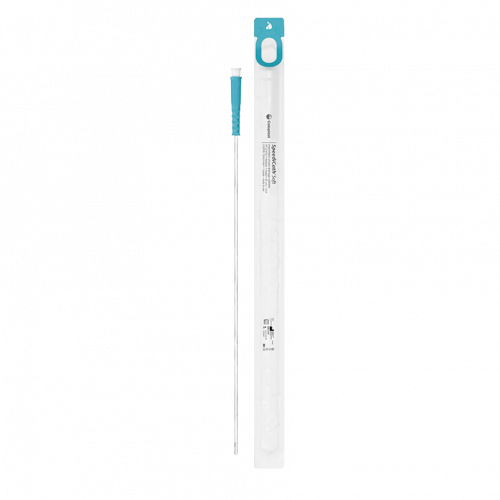


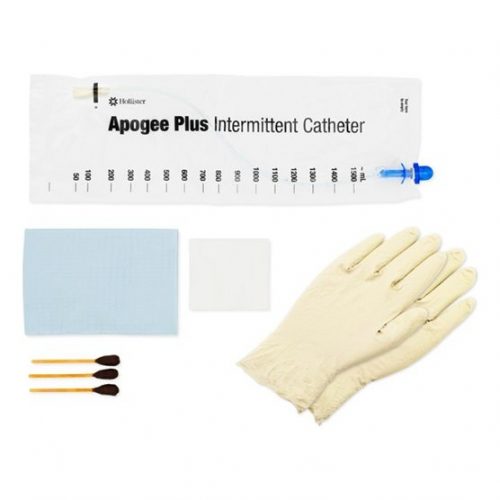
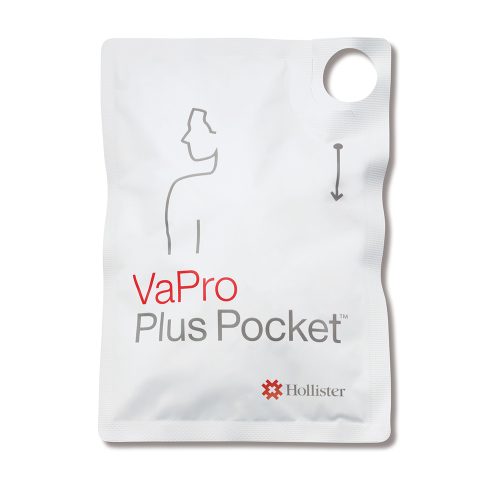
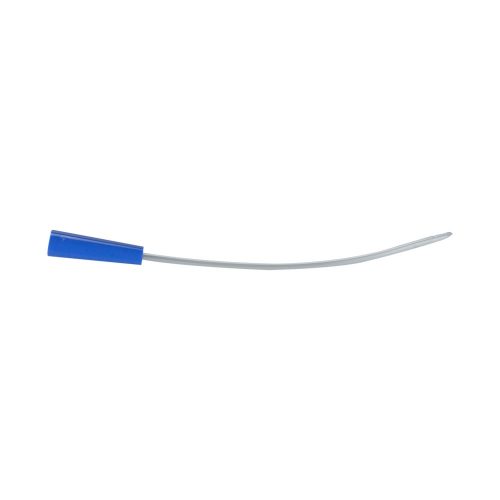
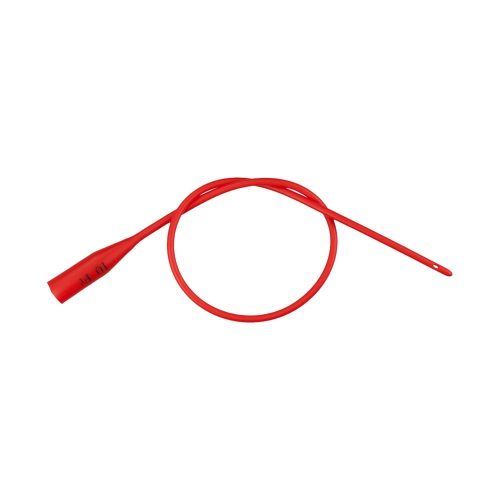




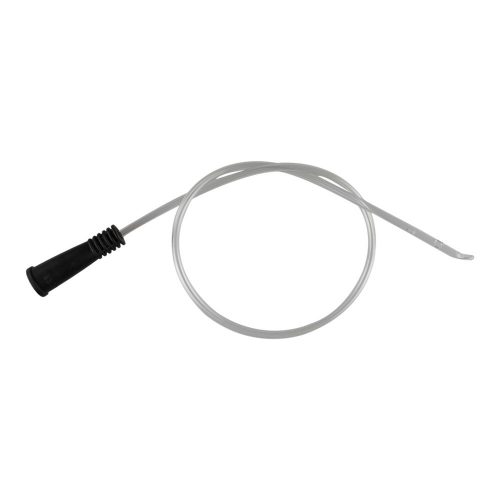

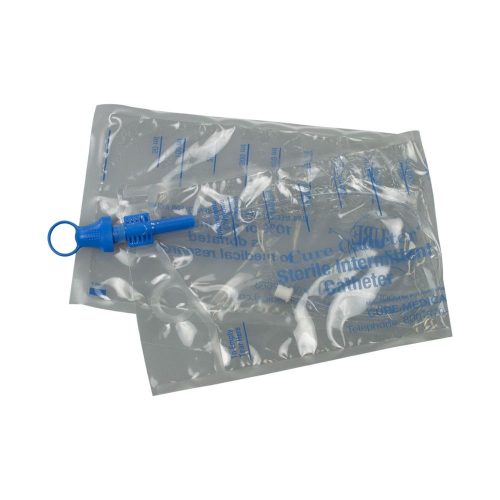
An intermittent catheter is inserted when the bladder needs to be emptied and is then removed. This process is done multiple times per day. This system differs from an indwelling or Foley catheter, which remains in place for a long period. Many people who cannot urinate on their own prefer an intermittent catheter to an indwelling one, because they do not want to wear a leg bag to collect their urine. Intermittent catheterization may be used by men, women and children for a short time after various surgeries or for longer periods due to conditions like dementia or multiple sclerosis.
While many intermittent catheter users empty directly into the toilet, some intermittent products include a collection bag, which holds onto the urine and may be held in place to the patient’s leg with an elastic band. In a hospital setting, the bag may be kept to one side of the bed. After the bag fills and the patient’s bladder is completely empty, the patient then empties the bag into a toilet.
This arrangement offers multiple benefits compared to a continuously draining catheter system:
Along with the issues listed above, a doctor may recommend intermittent catheterization if you have a history of urinary retention and bladder issues that could later manifest as kidney damage.
Initially, intermittent catheterization should be performed in a medical setting. However, individuals can learn to catheterize themselves.
Intermittent catheters are made from a variety of materials such as latex, vinyl, PVC, silicone, hydrophilic and polyurethane. Many are coated with lubricant or antimicrobial gel to make insertion more comfortable and reduce risk of infection.
Open-system catheters are packaged individually and often come with a protective sleeve to avoid hand contact.
Closed-system intermittent catheters, like the Advance Plus, are pre-lubricated and enclosed in a bag to avoid hand contact and reduce infection risk.
Once the bladder is drained either into a collection bag or a toilet, most intermittent catheters are discarded. These systems are compatible for a range of catheterization methods:
Find catheters for men, women and children of varying lengths from brands like SpeediCath and VaPro.
Intermittent catheters are often categorized by tip type. The four main tips are:
Straight: These are the most common type of intermittent catheter, featuring an insertion tip that is straight. Find them in a variety of materials for men, women and children, and in both closed and open systems.
Coudé: These catheters have a slightly bent tip to allow insertion around blockages, like tumors or enlarged prostate glands. Find them mostly for male patients in a variety of materials in both open and closed systems.
Round: A round tip is very smooth for easy insertion. Because most patients are comfortable with straight tip intermittent catheters, round tip options are limited.
Whistle: Also known as luer-end catheters, these have no funnel on the drainage end. Instead, the end of the catheter tube is merely open. These are used less than other types and are therefore more difficult to find.